Patrick Tombola
Despite Indonesia’s many attempts to solve the drug abuse crisis, the efforts are barely noticeable on the hill of compressed garbage that overlooks Jakarta’s Kota Bambu Selatan slum.
Amidst the thick white smoke of burning tyres, silhouettes of people are visible as they squat in small groups and prepare their doses of heroin. Children play with each other, almost oblivious to the circle of self-destruction on display just a few feet away.
The backdrop of Jakarta’s malls and skyscrapers is in stark contrast to the lives of residents in this area, a fate shared by many living in countless pockets of extreme poverty and deprivation within this wealthy jungle of steel and cement.
Statistics regarding drug use are extremely approximate and to date there is no effective system in place to comprehensively monitor the total number of users seeking treatment across Indonesia. Whether owing to the difficulty in gathering data across densely populated areas, or the failure of most clinics to communicate between each other and with the central government, officials vaguely put the number of users anywhere between 130,000 to 2,000,000 people. Most people working in the field believe the total to be far greater.
The number of Non-Government Organisations (NGOs), trying to fill the numerous gaps left by government service providers, has been growing exponentially over the past two decades. Some promote harm minimisation by distributing clean needles and pamphlets outlining the basic health risks associated with drug use, whilst others give assistance to users so that they may quit and undergo rehabilitation.
These photographs bear witness to the difficult path many drug users walk, from the hopeful rooms of a methadone clinic to the desperate hills of a slum
NGO workers are crucial players in the fight against drug abuse, despite the existence of several public methadone and rehabilitation clinics across Jakarta and Indonesia. Many of these workers help users who lack the financial means and psychological support needed to confront the difficult task of quitting and finding employment in the mainstream job market.
It is almost impossible to discuss the problem of drug use without mentioning other issues inextricably linked to it. Drug use is usually just one element in a deadly equation encompassing most of the well-recognised signs of poverty, such as lack of education, unemployment, disease and malnutrition. Many critics of the government’s policy on drug abuse assert that any effective battle against drug use must also attempt to address and curb these other closely associated problems.
Yet, in spite of all the aid from government and NGOs, many users face a lonely battle against addiction and the stigma attached to it from communities and family members. It is the fear of such stigma that often pushes drug users to live together and form communities or sub-communities within larger neighbourhoods. Kota Bambu Selatan is one such sub-community, built entirely of cardboard and metal scraps, it begins as a small offshoot of a main road and soon stretches as far as the eye can see. These photographs bear witness to the difficult path many drug users walk, from the hopeful rooms of a methadone clinic to the desperate hills of a slum.
A woman pays for her dose of methadone at Tebet Methadone Clinic. Each person can purchase a single dose three times per day
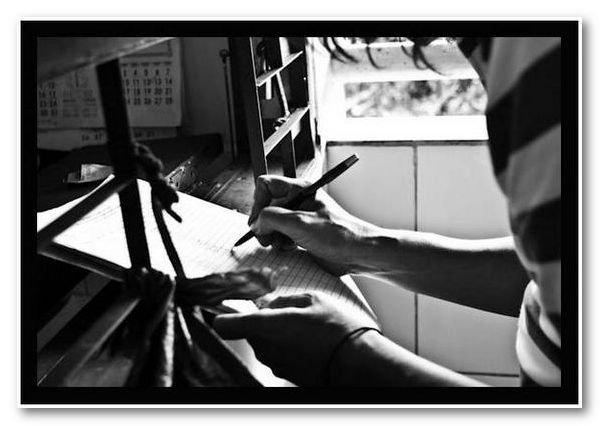 |
Every user must sign a register provided by the nurse to ensure nobody takes more than the legal amount. In order to be part of the methadone rehabilitation program, drug users must undergo a series of psychological and physical tests conducted by a local doctor
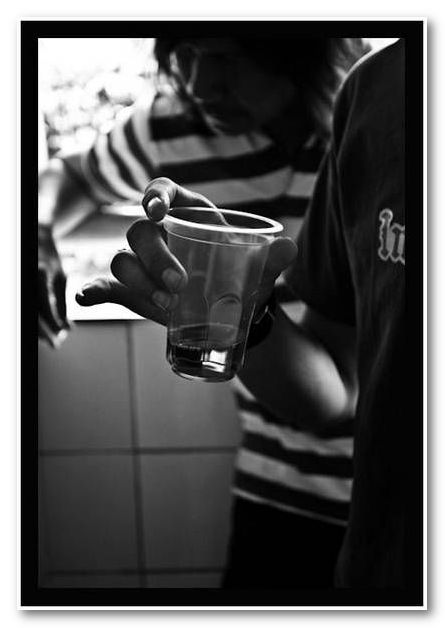 |
Despite the fact that methadone has been proven effective against heroin addiction, some users double up and consume both substances
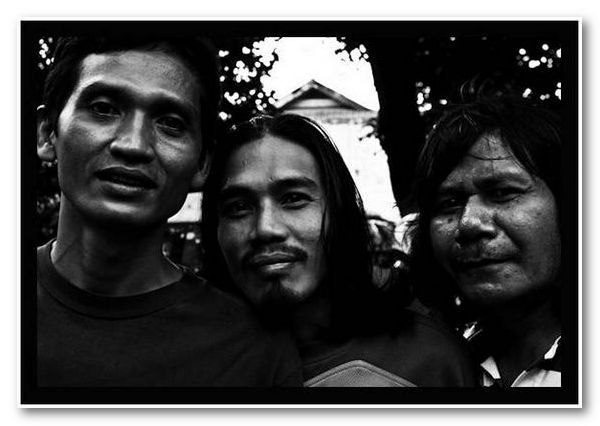 |
Three former drug users stand in front of the clinic. All three admit they found it hard to quit but have now been clean for over a year
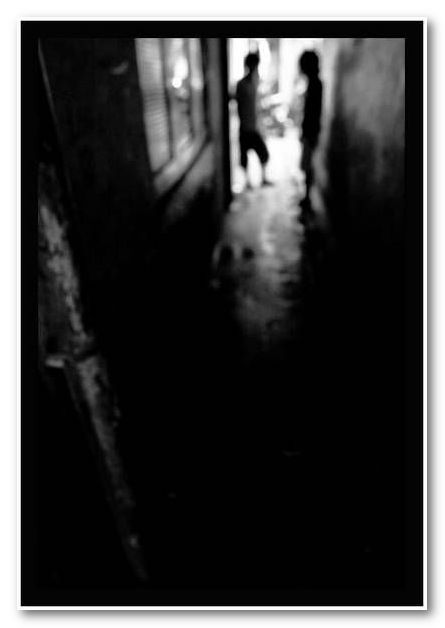 |
An alleyway near the slum of Kota Bambu Selatan where drug users often inject heroin
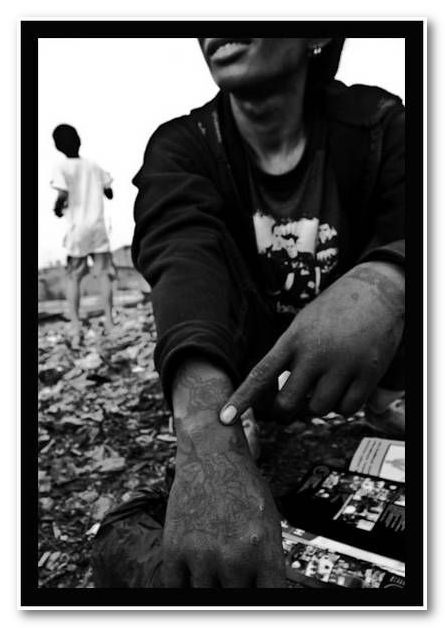 |
The hill of compressed garbage overlooking the slum below is a usual meeting point for drug users, who not only share doses of heroin but also stories of their addiction. Here, a 28 year old drug user shows the multiple scars and marks resulting from more than 15 years of severe heroin addiction
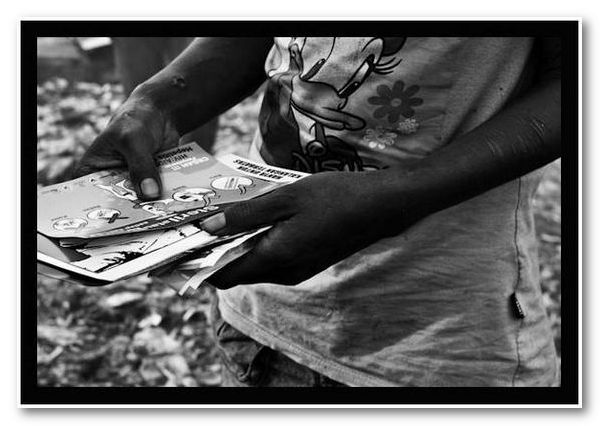 |
NGO outreach workers often visit the slum, distributing pamphlets warning drug users of the health risks associated with sharing needles. With both arms permanently scarred by years of drug abuse, this user reads the pamphlets. Most are unaware of the risks associated with sharing needles
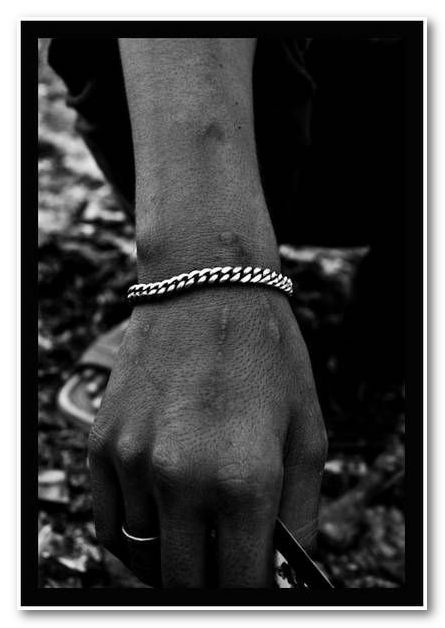 |
The deep scars on this user’s hand bear witness to more than one and a half decades of heavy use of heroin despite having barely reached 28 years of age
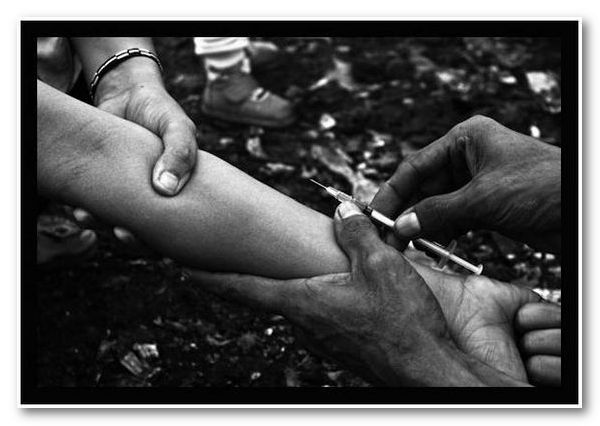 |
Husband and wife share the same needle and help each another during the process of injecting. They have known each other for over ten years and were drug users long before then. As many users pay little attention to the amount of heroin they use, the risk of overdose is always significant
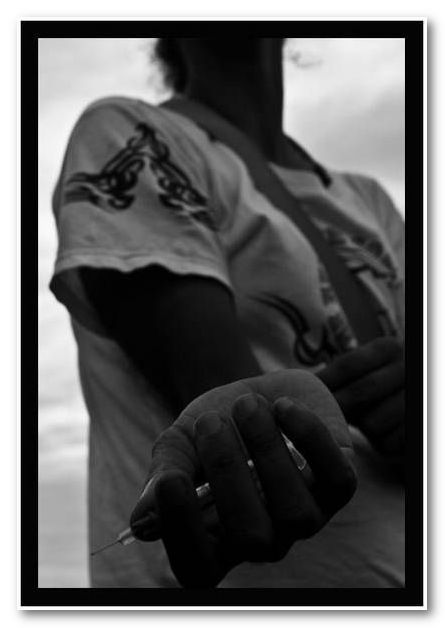 |
This woman just finished injecting herself with a dose of heroin and uses a small piece of cotton to dry the blood. Users find it harder to stop the outflow of blood, as needle scars never completely heal. ii
Patrick Tombola (ptombola@hotmail.com) is a multimedia journalist and photojournalist who focuses on social and environmental issues throughout South-East Asia.
